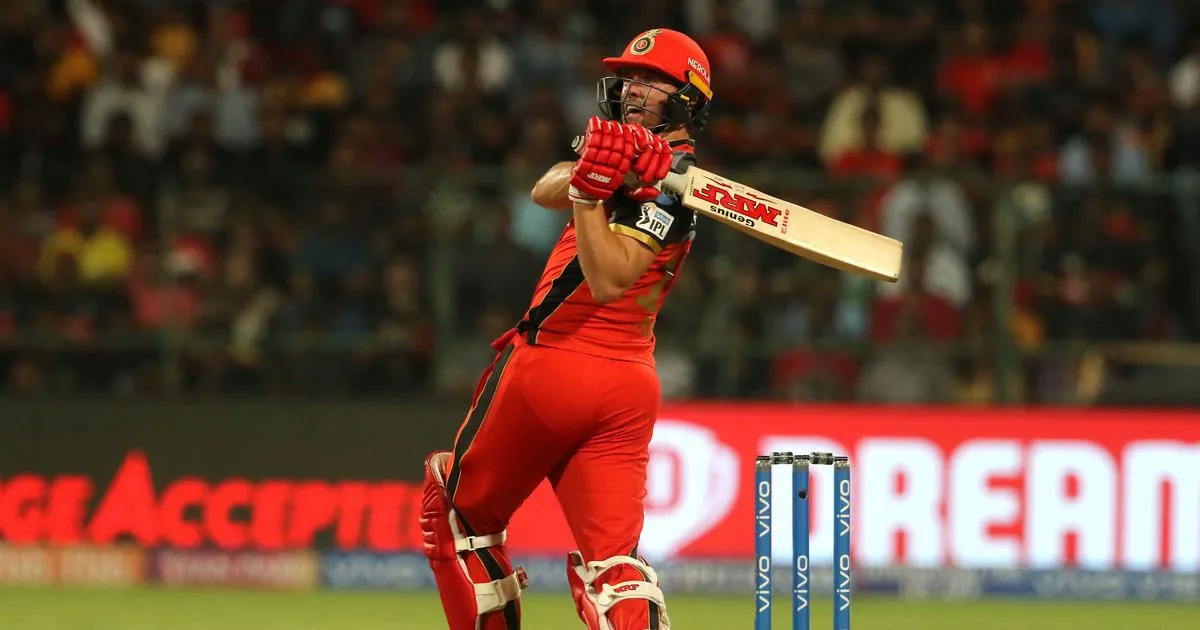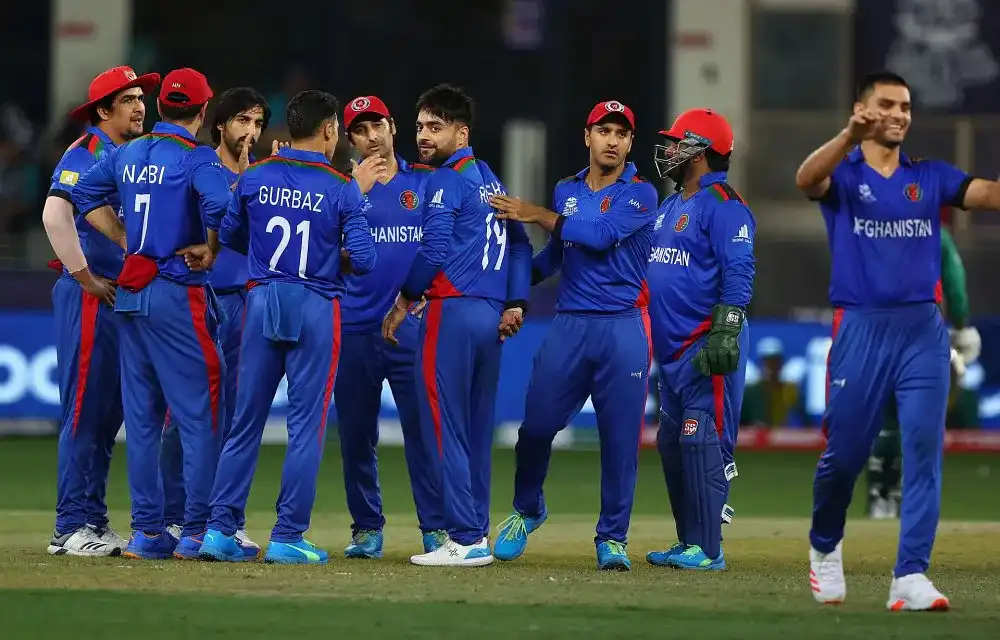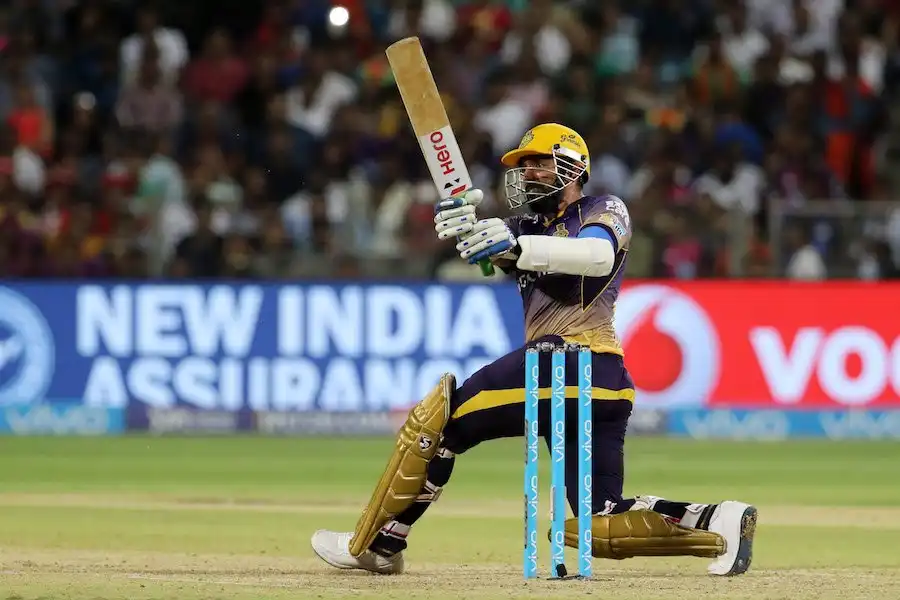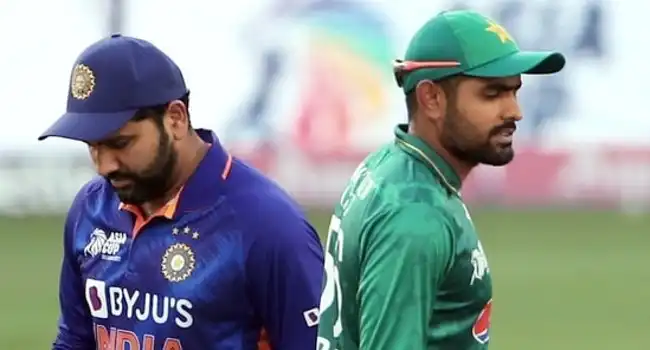 AB de Villiers in the IPL (Both known for their explosive style of cricket)
AB de Villiers in the IPL (Both known for their explosive style of cricket)
T20 has long been known as the big bully of cricket. Overshadowing every other format of the game. Collecting equal parts cynics and adorers along the way. Explosives, money, thrill and adventure; T20 cricket is like the final evolution of the game. Condensed with all the best parts of cricket in the shortest amount of time; bigger and better than anything that ever preceded.
Although, T20 cricket has set a precedent for itself. That only fearless, aggressive and over the top players have a place in the format.
The misconception
Selectors, franchise owners and fans have backed explosive batters. Creating a misconception: that T20 is only about power hitting. Naturally, a big-hitting finisher will garner more attention than a batter who anchored an unshakable foundation.
A batter who hits big sixes and plays unorthodox shots, needless to say, will steal all the attention. While a batter who scores the amount of runs by finding gaps and taking singles and doubles might not be able to slither his way into the spotlight.
To take a few world-class batters as examples - Virat Kohli, Babar Azam, Rohit Sharma and Hashim Amla, to name a few, have been stacking up runs with (god forbid someone says it) 'textbook technique'.
While power-hitting is undeniably entertaining and effective in the short term, imagine what will happen if every batter in the lineup goes onto the crease to hit and hit alone and ends up losing their wicket. Taking undue risks is not for everyone.
While a boat sails along the wind, it is useless without an anchor.
Playing "conventionally"
Long gone is the era of batting in the style of 'Don', with solid defences and mastering the art of stroke play. Reverse scooping James Anderson is now an everyday sight in the world of cricket.
But, stroke play, timing and finding gaps is just as useful now as it was in the old days. Keeping the scoreboard running (even without hitting an awful lot of sixes) while not losing wickets is, believe it or not, the key to winning a match.
Matching the pace
Given the nature of the format, pace bowling has taken a front seat. When the 20-over format was introduced many concluded that it was the end of the art of spin bowling. Though the case was not true, pace bowling some way or the other is given preference in the format.
When it comes to batting in shortest format, we see three waves of evolution: conventional batting - explosive batting - integrated explosive and conventional batting.
In the very recent times it is evident that batters are not only focusing on slogging but also using the pace, timing and finding gaps, this style of batting is what I call the 'integrated style of batting'. (we might just see an evolution in pace bowling next)
Virat Kohli's unbeaten 122: A perfect example
Kohli announced his return to the international stage after a long and tumultuous phase of bad luck with an unbeaten 122 in the Asia Cup 2022 against Afghanistan. Showcasing a perfect 'integrated' style of batting. His innings was built on singles and doubles.
He built the innings steadily, taking his time to gel on the crease, playing along the ground and finding gap.
His innings included 28 singles, 5 doubles, 10 dots, 12 fours and 6 sixes. Exhibiting perfectly that a batter need not be a power hitter to survive in T20 cricket.
The conclusion
Batters who bat conventionally have been overlooked and overshadowed. Power hitting, although incredibly useful, is not the only way the T20 format can be played.
T20 is not only about power hitting.
Also Read: Myth Busters: India lost most matches when Sachin Tendulkar scored a century




